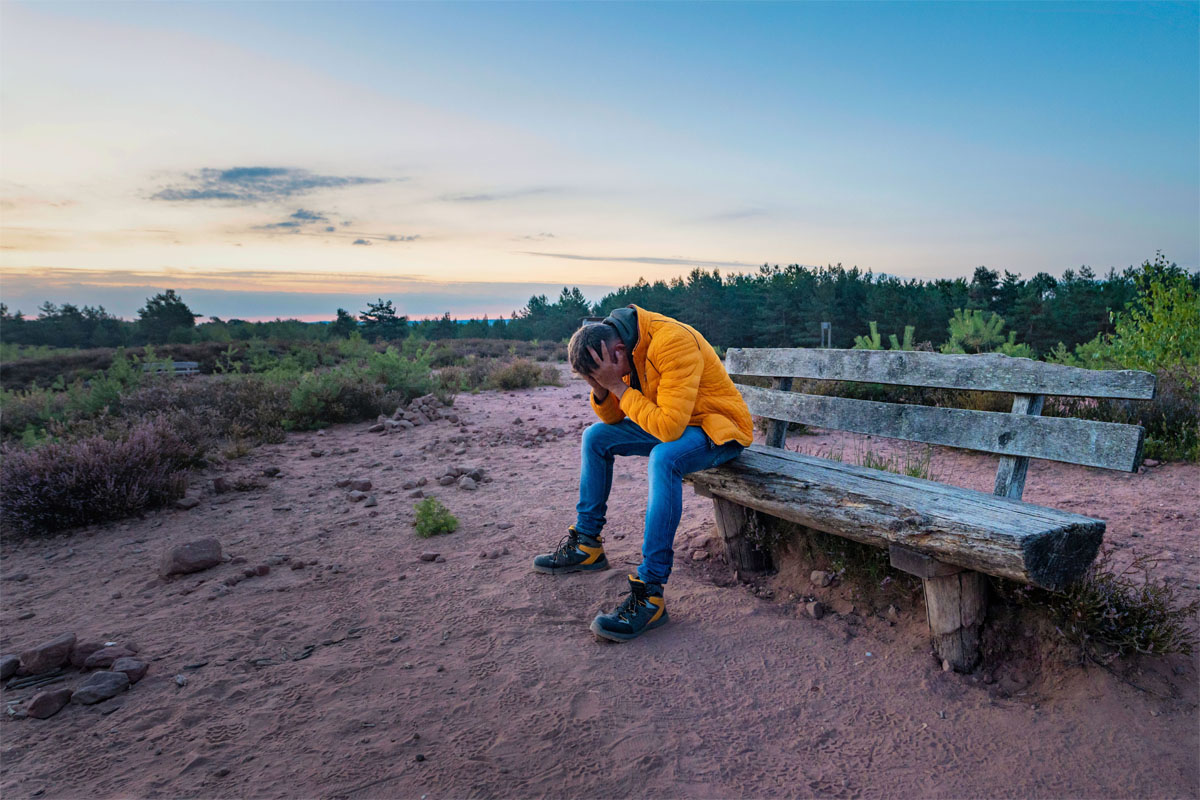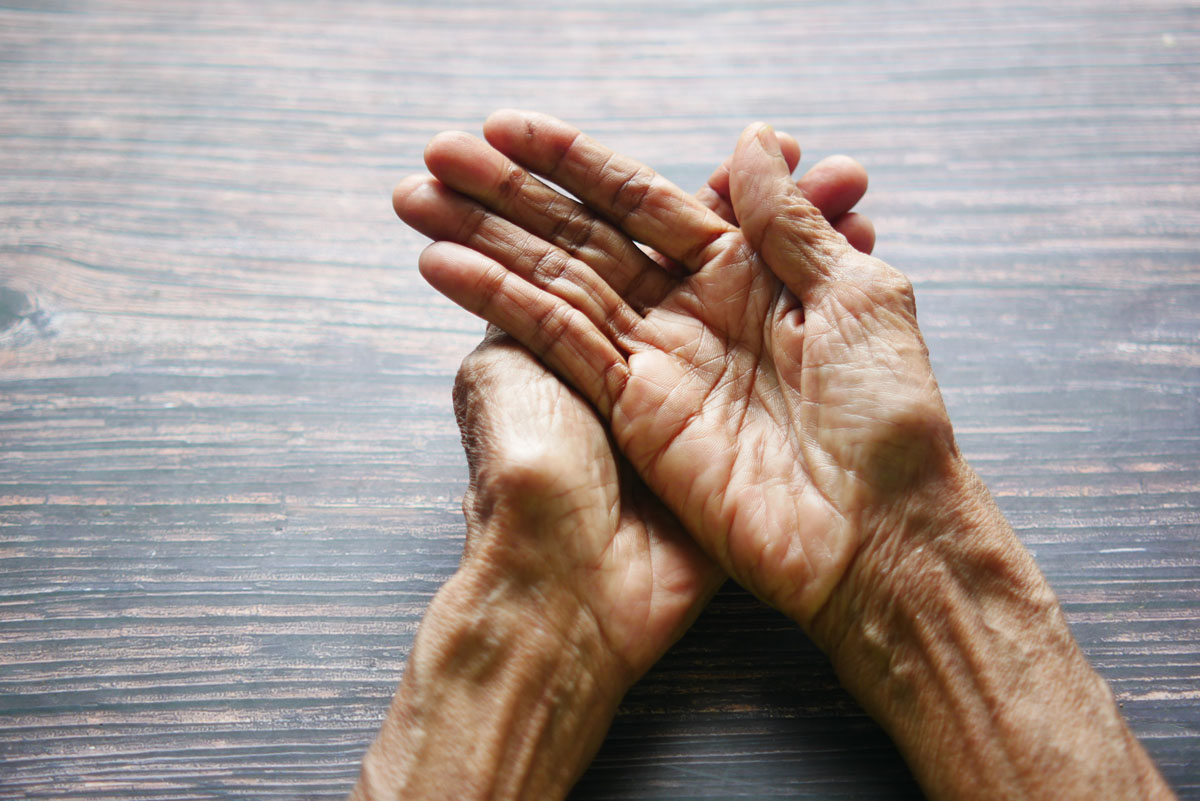What is RSV?

The respiratory syncytial virus (RSV) is one of the most major causes of respiratory illness in infants and younger children. It additionally causes both mild and severe respiratory diseases in older children and adults.
- In the US, approximately fifty percent of infants and younger children get infected with RSV every winter, with the increased rates of RSV illness and serious complications happening in infants two to six months of age. Recurring infections may occur during life, but after two to three years of age, symptoms are typically milder.
- Approximately one hundred and twenty-five thousand children are hospitalized every year.
- RSV infections are responsible for approximately two thousand five hundred deaths per year.
- Infants and children younger than two to three years old are most at risk of the progressive complicated, serious, or fatal RSV infections. Undeveloped infants or infants with veiled heart, lungs, or immune issues are additionally at a higher risk.
- RSV infections happen across the globe, most typically in yearly outbreaks that can last upwards of five months, from late fall to early spring.
Infectious Agent
RSV infections are a result of the respiratory syncytial virus (RSV).
RSV is a veiled RNA virus of the Paramyxovirus order. It is remotely related to the measles virus.
RSV viral strains can be categorized into two subsets, A and B. Nevertheless, a lot of strain differences happen, which is believed to be accountable for the virus’ capability to continually infect people and avoid the immune system.
Transmission
RSV is a highly contagious infection.
The most general form of transmission is through person-to-person contact with infected oral and nasal fluids.
Transmission happens by breathing in airborne droplets or by contact via nose or eyes with unclean hands.
RSV infection is usually transported home by school-aged children and passed on to younger children.
Whenever RSV is introduced by an infected person, high transmission rates, up to one hundred percent have been shown in day care facilities and neo-natal units in hospitals.
The Disease
In adults and children older than two to three years, RSV is the cause of symptoms resembling a cold, with runny nose, moderate headache, sore throat, mild cough, and low-degree fever.
In children younger than two to three years of age, and particularly in those two to six months of age, RSV can be the cause of severe lower respiratory-tract illnesses like pneumonia and/or bronchiolitis that can advance to respiratory failure. Symptoms might include high fever, serious cough, wheezing, unusually rapid breathing, respiratory distress, and a blue like color to the nails or lips caused by decreased oxygen in the blood.
Children born prematurely or those born with veiled heart, lung, or immune issues have very extended illness and higher complication rates.
Elderly individuals and adults with chronic lung disease or diminished immune systems may also develop severe illness.
Treatment
There is no vaccine available for the prevention of RSV infection. Antibiotics are ineffectual against viruses.
RSV infection in children or adults that have mild disease is typically treated only with OTC medicines (like acetaminophen) for fever and cold-like symptoms.
Children or the elderly with serious disease might require hospitalization.
In patients with serious disease, the anti-viral agent ribavirin could be used as an aerosol in breathing medication to treat the virus straight in the lungs.
Immune globulin purged from people with higher degrees of immunity to RSV might be utilized to treat individuals with jeopardized immune systems at higher risk for complications after exposure.
Chaparral Winds Offers The Finest Retirement Living In Surprise, Arizona
Chaparral Winds is a retirement facility in Surprise, Arizona offering assisted living, independent living, and memory care services. For more information about our senior living facility, SLS Communities or to schedule a tour, please call us today at 623-343-4125.








 Chronic obstructive pulmonary disease or COPD is a condition caused by impairment of the airways or other areas of the lung that obstructs airflow making it difficult to breathe.
Chronic obstructive pulmonary disease or COPD is a condition caused by impairment of the airways or other areas of the lung that obstructs airflow making it difficult to breathe.